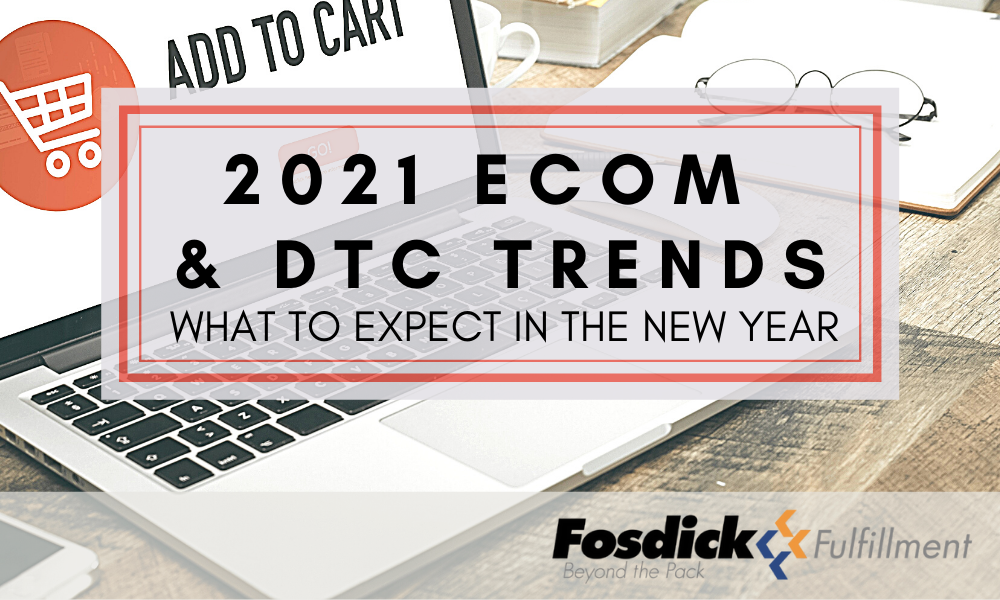Long before COVID-19 and the surge in eCommerce around the world, DTC companies were already changing the way consumers…well, consume. What may have been less obvious is the way modern eCommerce era brands would connect customers to brands in a way never before seen. Now, as we head into the future of eCommerce in a world post-COVID – or at least at what is hopefully the tail end, there is a clear blueprint for success – the product of many hard lessons learned through the examples set by, and sometimes at the expense of the early DTCs.
In order to attract and maintain consumers, many conventional companies are now providing an experience that is straight from the DTC playbook and rounding out their sales channels in order to become truly omnichannel.
Consider Nike: A few years before the epidemic, the company began to distance itself from department shops and other wholesale retailers, saying that internet sales were more lucrative. Nike’s DTC gamble paid off in the first quarter of 2020, with e-commerce sales increasing by 82%.
Meanwhile, the pandemic – or more accurately, the return from economic shutdown – proved the lasting value of brick and mortar store and product placement.
There are crucial ideas to take from the DTC industry, whether you’re a DTC firm or a conventional store. Here are five DTC e-commerce trends to keep an eye on as we head into 2022.
More traditional retailers will go DTC.
Some bigger stores may seek to imitate digitally native brands in order to take back market share once and for good. Physical store traffic has declined, but it would be interesting to look at data across brands that previously relied solely on in-person sales channels. Our guess is some part of that physical store traffic is comprised of brand loyalists.

Direct-to-consumer companies will broaden their category reach.
True, the pandemic slowed the expansion of several brands, even wiping out entire product categories. On the other hand, the demand for athleisure and self-care items among customers who work from home increased by huge margins. Digital native enterprise will continue to flourish and extend into new areas as the nation, and the world at large learns to navigate a new world in which COVID’s threat of economic shutdown seems everpresent (though hopefully not for long).
DTC businesses will continue to attract tech-savvy customers.
 One of the most pressing demands for merchants at the start of the COVID pandemic was an effective e-commerce infrastructure. DTC brands, as fate would have it, already had that framework in place, giving them an early edge. Consumers continue to slowly gravitate away from brick-and-mortar stores, spending more and more time on their smartphones, laptops, and other smart devices. It is often implied that the eCommerce surge of the past two years was and is temporary.
One of the most pressing demands for merchants at the start of the COVID pandemic was an effective e-commerce infrastructure. DTC brands, as fate would have it, already had that framework in place, giving them an early edge. Consumers continue to slowly gravitate away from brick-and-mortar stores, spending more and more time on their smartphones, laptops, and other smart devices. It is often implied that the eCommerce surge of the past two years was and is temporary.
Still, the numbers indicate that while some consumers have returned to Big Box, in-person shopping, a good portion of new online shoppers in 2020 remain converts. In the United States, specifically, online sales increased 45.6 percent in Q3 2021 compared to Q3 2019.
The number of DTC brands that go headless — or hybrid headless — will increase.
The next generation of headless firms is building solutions to equip and upgrade current websites with new features and performance levels, where the consumer-facing website is distinct from the eCommerce platform. With a single click of a button, DTC brands can now implement seamless edge acceleration, allowing them to stream content powering the storefront from dispersed servers across the globe. These edge-enhanced experiences enable technology suppliers to meet DTC brands at a cheap cost of entry and quickly deploy them.
Returns will become a differentiator in the service industry.
 Customers are greatly affected by return policies: according to a Forrester survey, customers in France, the United Kingdom, and the United States favor online shops that provide free return shipping and reimburse the original method of payment. Customer-focused “retailers and brands will invest to upgrade returns (locations, streamlined processes, refund issuance, internal returns processing) and … will work to share data internally and upgrade how they present products to avoid returns in the first place,” according to Forrester.
Customers are greatly affected by return policies: according to a Forrester survey, customers in France, the United Kingdom, and the United States favor online shops that provide free return shipping and reimburse the original method of payment. Customer-focused “retailers and brands will invest to upgrade returns (locations, streamlined processes, refund issuance, internal returns processing) and … will work to share data internally and upgrade how they present products to avoid returns in the first place,” according to Forrester.
In the next year, e-commerce will face several challenges, ranging from supply chain concerns to increased customer expectations. However, DTC businesses (as well as conventional retailers) who keep these trends in mind will be well-positioned to meet these difficulties and succeed in the next year.

